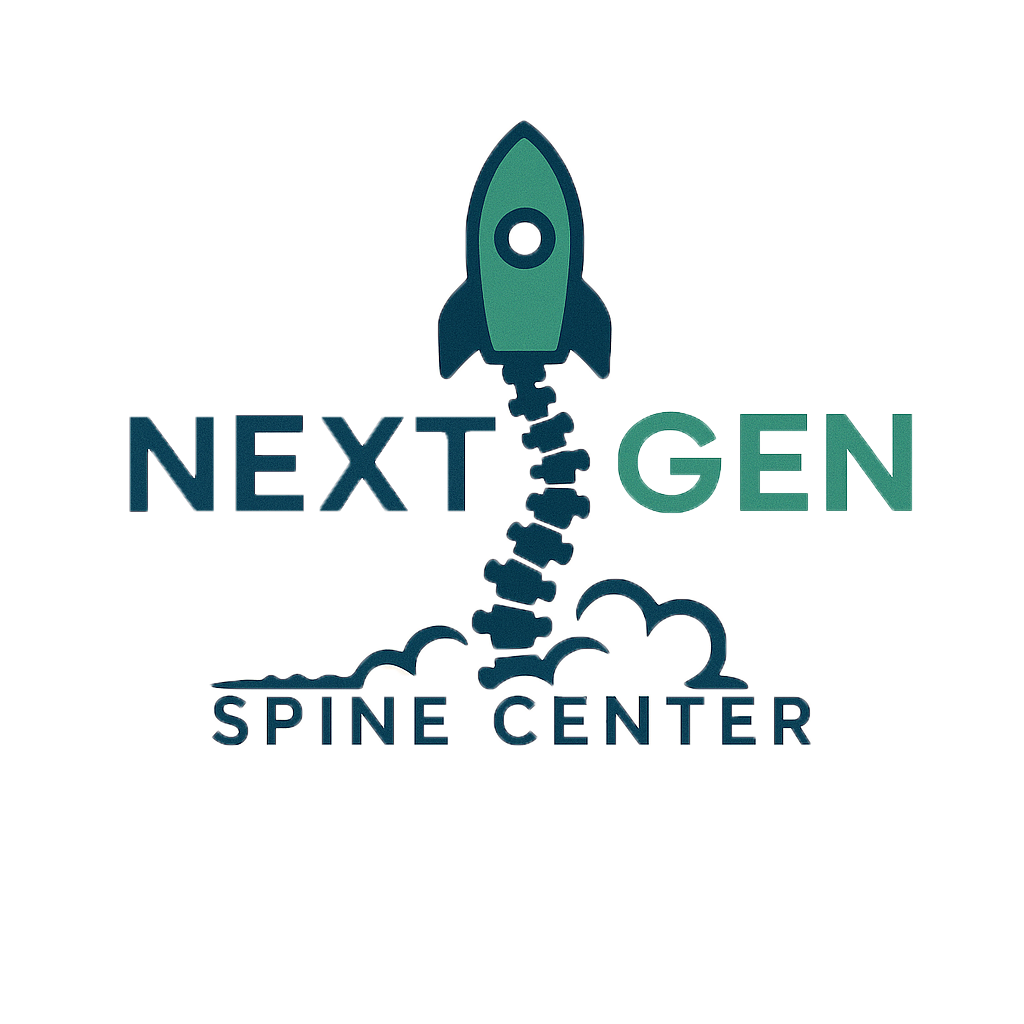Arm Pain from Cervical Herniated Disc
Arm pain caused by a cervical herniated disc occurs when one of the discs in the cervical spine (neck region) bulges or ruptures, pressing on nearby nerves. This condition can lead to radiating pain, numbness, or weakness down the arm. The condition is often associated with degenerative changes in the spine or injury.
Types
– Soft disc herniation: Typically found in younger individuals, often due to trauma or injury.
– Hard disc herniation: Associated with bone spurs and degeneration, common in older adults.
– Central herniation: Affects the spinal cord and may cause widespread symptoms.
– Lateral herniation: Compresses nerve roots, leading to more localized arm symptoms
Causes
Primary causes include:
– Age-related disc degeneration
– Traumatic neck injury
– Repetitive neck motion or poor posture
– Heavy lifting or sudden twisting movements
– Genetic predisposition to disc problems
Symptoms
Symptoms vary based on the nerve affected and may include:
– Sharp or burning pain radiating down the arm
– Numbness or tingling in the hand or fingers
– Muscle weakness in the shoulder, arm, or hand
– Pain that worsens with neck movement or coughing
– Decreased grip strength
Diagnosis
Diagnosis involves:
– Physical and neurological examination
– MRI scan to visualize disc herniation and nerve compression
– CT scan or X-rays to assess bone structures
– Electromyography (EMG) to evaluate nerve function
Conservative Treatment
Non-surgical treatment options include:
– Rest and activity modification
– Nonsteroidal anti-inflammatory drugs (NSAIDs)
– Physical therapy focusing on neck and shoulder muscles
– Cervical traction or bracing
– Epidural steroid injections to reduce inflammation
Surgical Treatment
Surgery may be recommended if symptoms persist or worsen. Procedures include:
– Cervical foraminotomy
– Endoscopic discectomy
Frequently Asked Questions
Q: How long does arm pain from a cervical herniated disc last?
A: Symptoms can last several weeks to months. Many improve with conservative care.
Q: When should I consider surgery?
A: Surgery is considered if there is significant weakness, severe or persistent pain, or loss of function.
Q: Can physical therapy help?
A: Yes. A structured therapy program can help strengthen muscles and improve posture, relieving pressure on nerves.
